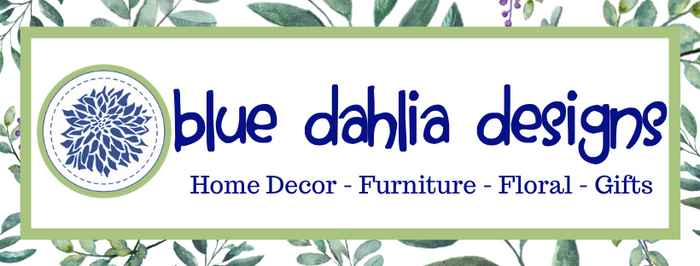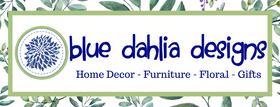A Quick Guide To Minimalist Design

Minimalist design combines functionality with beauty. Light spaces pair with soft hues and sleek modern décor. This style uses neutral wood tones, simple lines, and a blend of textures to create a welcoming space.


The color palette used in minimalist design is made up of warm neutrals, soft hues, and is often monochromatic. While pops of color can be found in minimalist design, colors are low in saturation and are limited.


Repetitive patterns are not often found in minimalist design. In fact, few patterns are associated with this style. Color blocking can be used to add shape to a space without drawing the eye towards a bold pattern. When patterns are used, many times they will be tone on tone or textural.


The majority of fabrics used in minimalist design can be categorized as sustainable, handmade, and simple. Minimalism focuses on functionality and allowing the focus to be on the actions preformed in the room, rather than the room itself. Fabrics are used to help pull in texture to the space as well.


Like with fabrics, the finishes found in minimalist design focus on sustainability. Natural wood takes center stage alongside other natural elements such as stone, brick, concrete, and bamboo.










Leave a comment